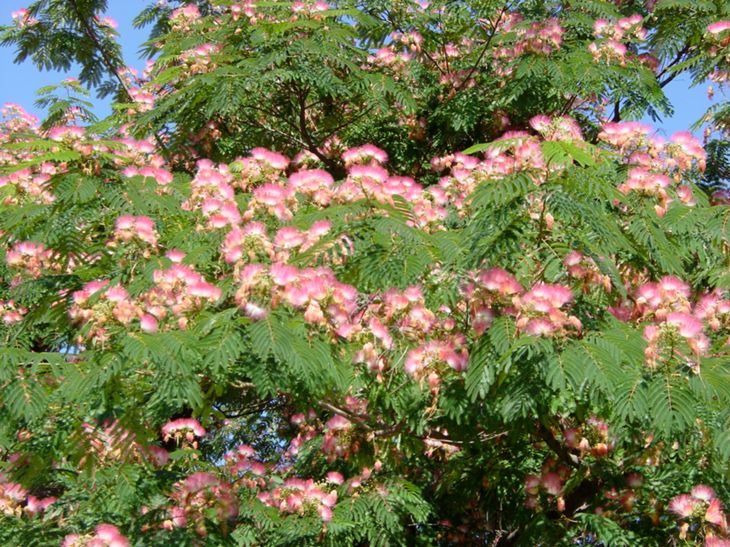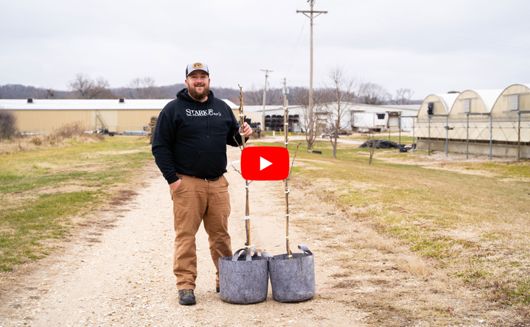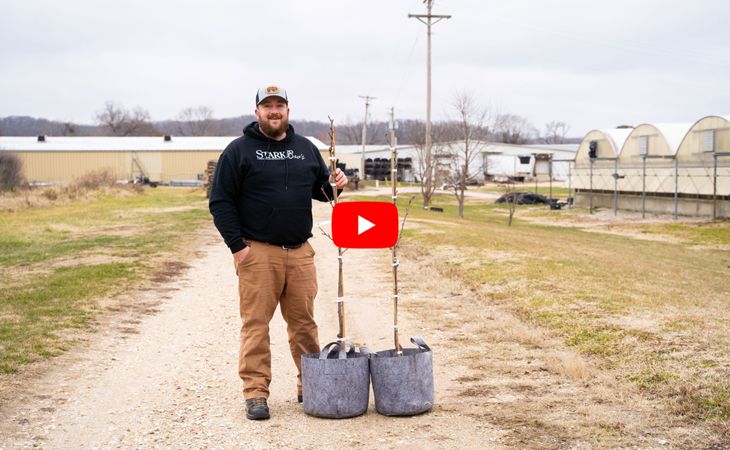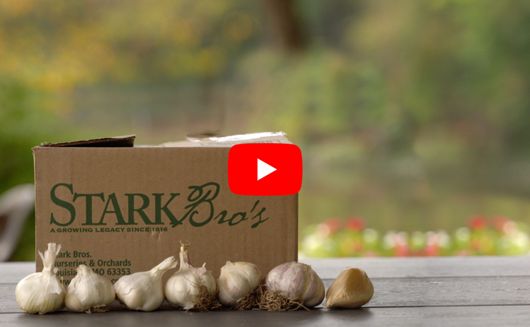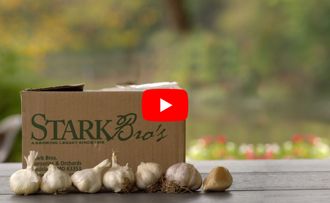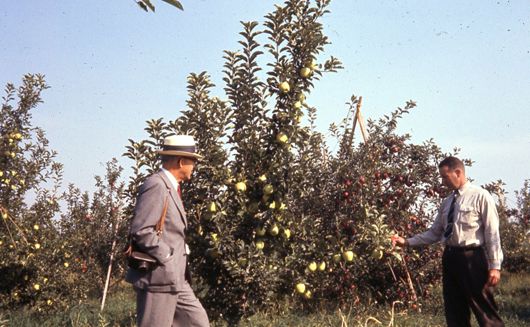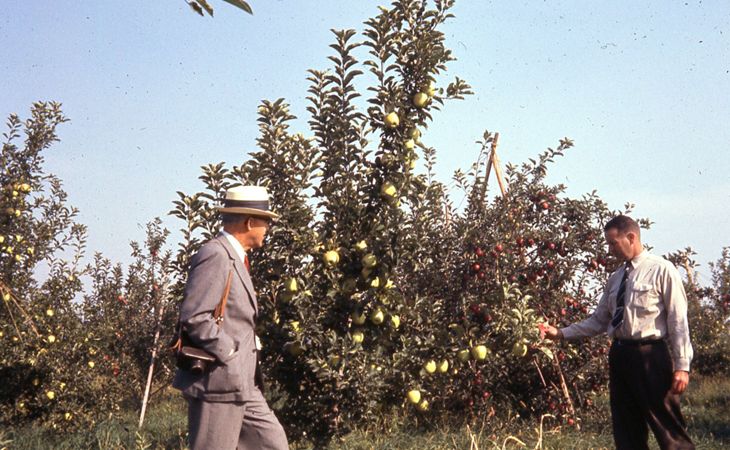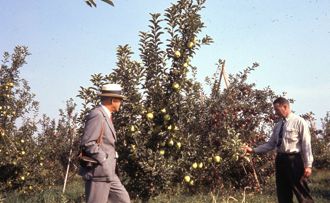Brighten Your Back Yard with a Colorful Mimosa Tree
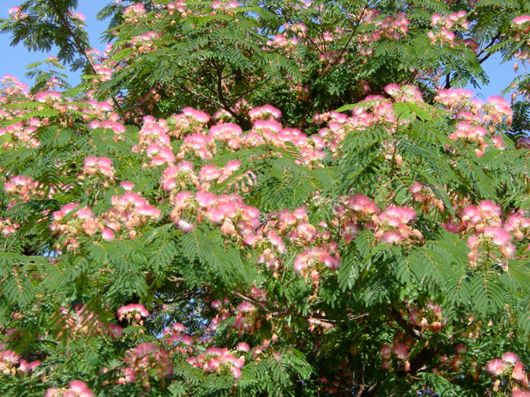
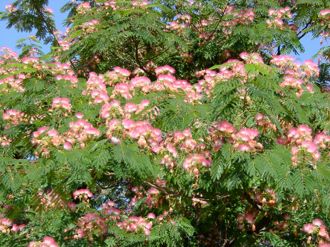
Mimosa or silk trees have a colorful tropical look and thrive in the south. These attractive trees are easy to grow and also resist drought.

Spring is the season when trees come to life in vibrant colors. In fall, the foliage takes on a rich, fiery palette. Winter brings crisp, austere hues. But what about summer? Things might be green and productive, but colors can be in short supply. If you want to brighten your outdoor space this time of year, try a colorful Mimosa tree.
A Mimosa, also called a silk tree (Albizia julibrissin), has a unique, almost tropical look. This appearance is fitting, since it thrives in warm, southern climates — it’s even heat-tolerant up to zone 10! These attractive flowering trees, like our E H Wilson Mimosa, are fast-growing and drought-tolerant. Even during intense droughts, people who have an E H Wilson Mimosa growing in their yard have been delighted by inflorescence (showy pink flower clusters) dotted along the bipinnate (fern-like) leaves of this tree.
The tree's broad canopy, dappled with silky flowers, is a haven for bees, butterflies, and hummingbirds, which are attracted to its sweet fragrance. Plus, as an additional point of interest, the leaves fold closed in the evenings and when it rains — quite a sight to see and share with little ones!
Note: In some areas, particularly in the south, the Mimosa tree (or silk tree) responds well to the climate and can be more reproductive than in northern areas. The tendency for new trees to sprout up in unintended, and sometimes disruptive, locations has landed these trees on an "invasive" list in certain areas. Please check with your local county extension service or other local tree professionals for advice before planting. As always, avoid planting near septic systems, sidewalks, and other structures.
Add elegance to your landscape.
- Article Categories:
- Product Features

